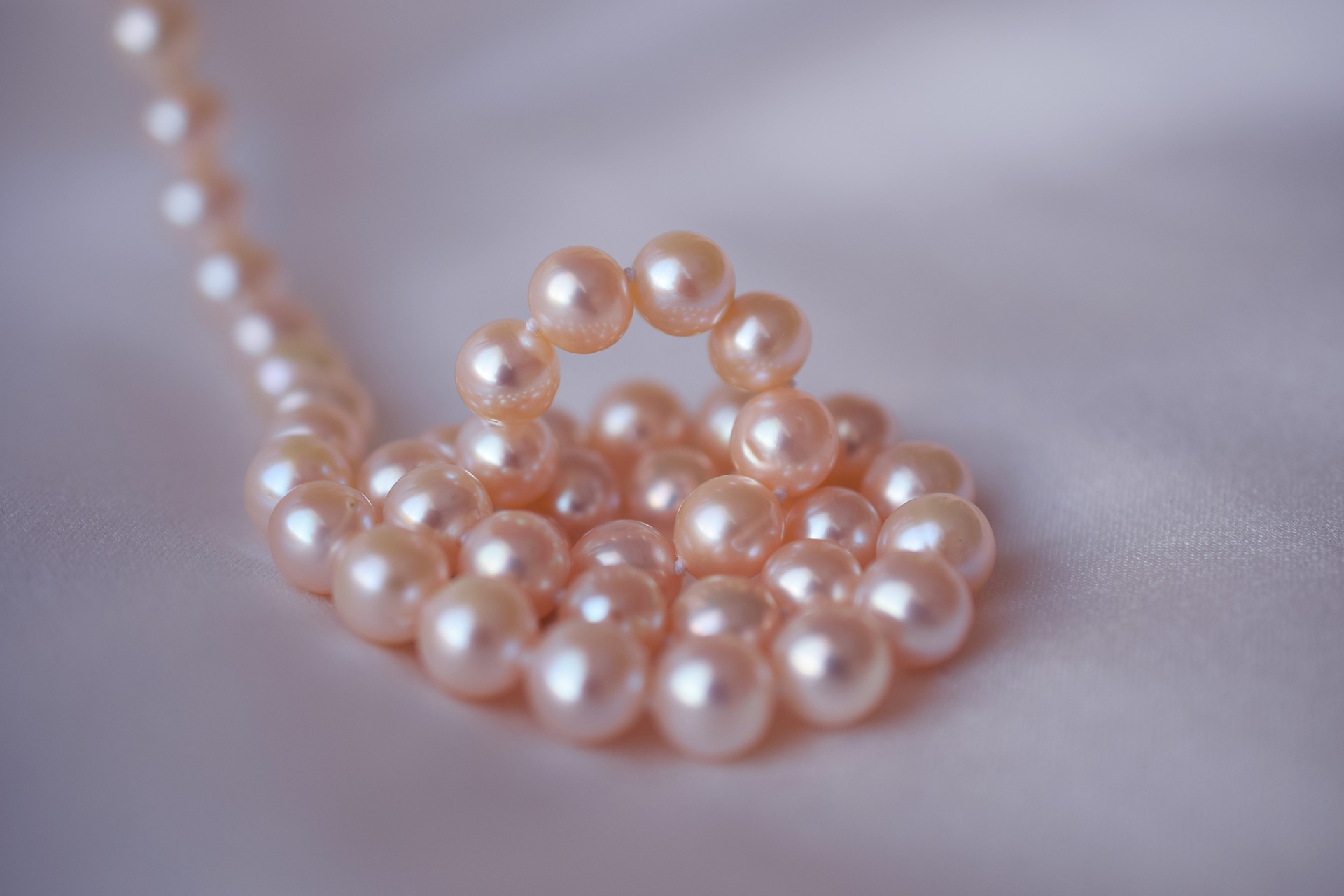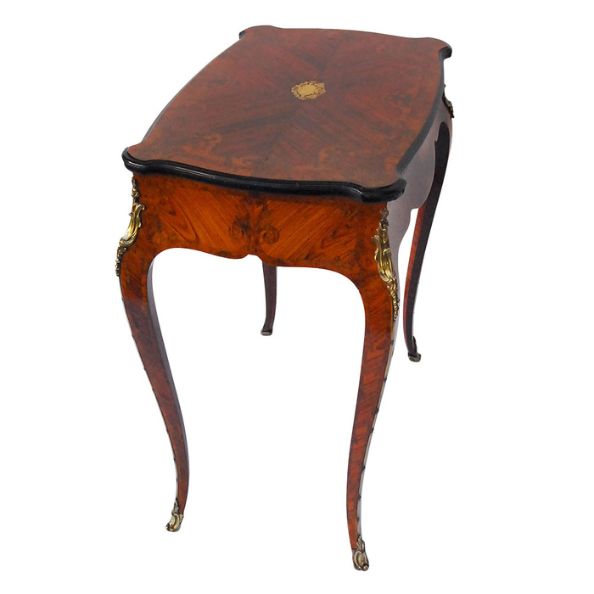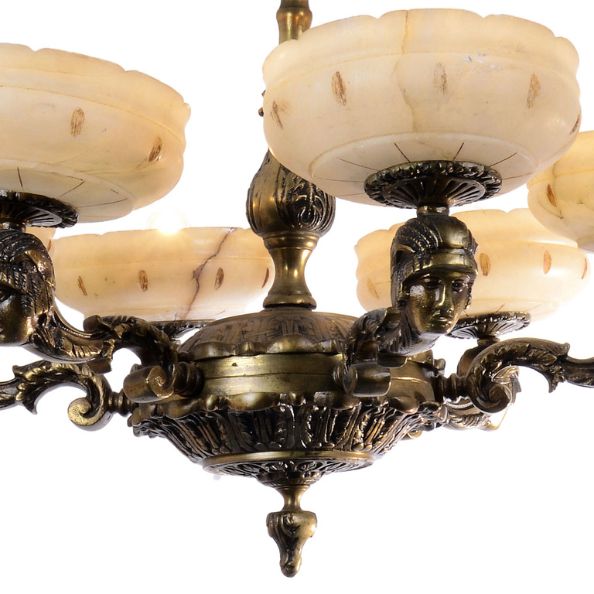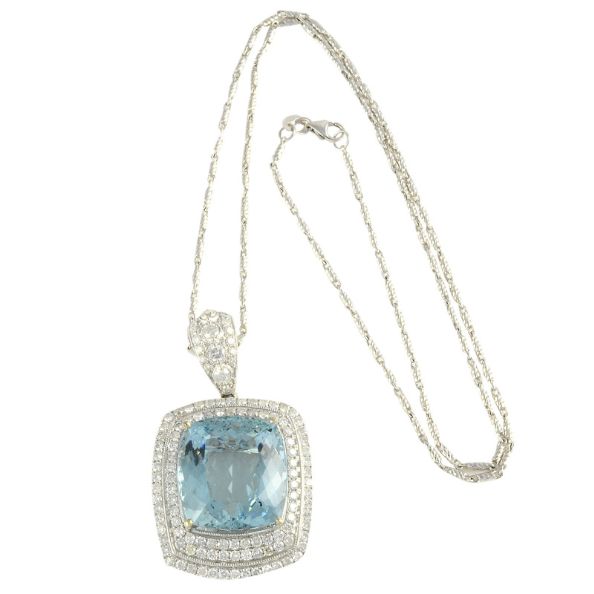Tips for Identifying Pearls Used in Antique Jewelry


Jewelry with pearls is beautiful. It’s unique, delicate, and stylish. Pearls are a gorgeous part of jewelry that is truly timeless and classic. When dealing with antique jewelry, it can be difficult to determine the authenticity of the pearls. Explore these tips for identifying pearls used in antique jewelry.
Blister Pearls
Blister pearls are naturally created in both freshwater and saltwater mollusks. They can be natural or cultured. Blister pearls are a part of the animal’s shell, whereas true pearls are not. This is a distinct difference that you should be aware of.
Blister pearls often appear to have a less uniform shape than standard pearls and must be cut away with a portion of the original shell. These are often found in Art Deco-style antique jewelry pieces.
Baroque Pearls
Baroque pearls are another pearl that can be found naturally in freshwater and saltwater animals but can be cultured as well. These pearl types are oddly shaped and can have an uneven texture, rather than the typically smooth and uniform sphere.
These pearls will vary in shape, size, and texture and are often found in Baroque-style antique jewelry or items dating back to the later parts of the Renaissance.
Freshwater Pearls
Freshwater pearls are often free-formed or natural. This means they are created in rivers in mussels. They aren’t valued as greatly as some other pearl types but are more desirable by collectors in jewelry over cultured pearls.
Freshwater pearls are typically used in antique jewelry from the 1800s and beyond.
Natural Pearls
Natural pearls are created when a foreign substance gets into the shell of a mollusk naturally, without a person’s assistance. The host, typically an oyster or clam, accumulates layers of nacre over the substance and begins to form the pearl over the span of about a decade.
Typically, antique pieces before the 1920s are made with natural pearls rather than cultured pearls.
Cultured Pearls
Cultured pearls are made when a person inserts an object, such as a small piece of shell, into an oyster or clam. Over time, the pearl forms in a similar manner through the application of nacre on the object. This can take less time than a natural pearl, which can take almost a decade. Instead, cultured pearls can be formed in just a few years.
There are many other types of pearls to be aware of when looking for additional tips for identifying pearls used in antique jewelry. For antique fine jewelry that boasts beautiful pearls, contact us at Solvang Antiques. We have a wide selection of antique, vintage, and estate jewelry.



